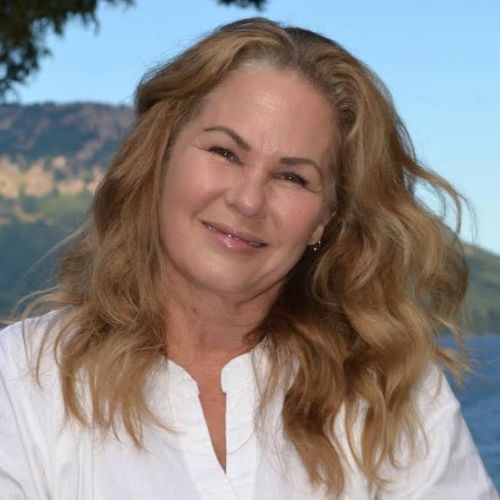First-Time Buyer? Here’s How to Tell If You’re Ready
Ready to Buy Your First Home? Here’s How to Know for Sure
Buying your first home is exciting—but it’s also a major financial decision. So how can you tell if you’re truly ready to take that leap into homeownership?
Whether you’re confident or still unsure, these four signs are solid indicators that you’re on the right path:
1. You’ve Got Your Down Payment and Closing Costs in Place
To purchase a home in Canada, you’ll need at least 5% of the purchase price as a down payment. In addition, plan for around 1.5% to 2% of the home’s value to cover closing costs like legal fees, insurance, and adjustments.
- If you’ve managed to save this on your own, that’s a great sign of financial discipline.
- If you're receiving help from a family member through a gifted down payment, that works too—as long as the paperwork is in order.
Either way, having these funds ready shows you’re prepared for the upfront costs of homeownership.
2. Your Credit Profile Tells a Good Story
Lenders want to know how you manage debt. Before they approve you for a mortgage, they’ll review your credit history.
What they typically like to see:
- At least two active credit accounts (trade lines), like a credit card or loan
- Each with a minimum limit of $2,000
- Open and active for at least 2 years
Even if your credit isn’t perfect, don’t panic. There may still be options, such as using a co-signer or working on a credit improvement plan with a mortgage expert.
3. Your Income Can Support Homeownership—Comfortably
A steady income is essential, but not all income is treated equally.
- If you’re full-time and past probation, you’re in a strong position.
- If you’re self-employed, on contract, or rely on variable income like tips or commissions, you’ll generally need a two-year history to qualify.
A general rule: housing costs (mortgage, taxes, utilities) should stay under 35% of your gross monthly income. That leaves plenty of room for other living expenses, savings, and—yes—some fun too.
4. You’ve Talked to a Mortgage Professional
Let’s be real—there’s a lot of info out there about buying a home. Google searches and TikToks can only take you so far.
If you're serious about buying, speaking with a mortgage professional is the most effective next step. Why? Because you'll:
- Get pre-approved (and know what price range you're working with)
- Understand your loan options and the qualification process
- Build a game plan that suits your timeline and financial goals
The Bottom Line:
Being “ready” to buy a home isn’t just about how much you want it—it’s about being financially prepared, credit-ready, and backed by expert advice.
If you’re thinking about homeownership, let’s chat. I’d love to help you understand your options, crunch the numbers, and build a plan that gets you confidently across the finish line—keys in hand.



